A History of Microsoft Windows - Timeline
Don't be surprised if I say that 9 out of 10 computers run some version of the Windows operating organization, today. Nevertheless, no one could accept predicted this issue when the whole journey started with MS-DOS and a vision to have every computer on a desktop. Beneath, you will find a chronology of events that take you through highlights from the get-go 25 years of Windows, more preferably – A History of Windows.
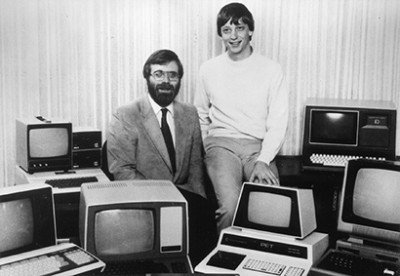
In 1975, Gates and Allen formed a partnership called Microsoft. Like nigh start-ups, Microsoft began pocket-sized simply had a huge vision—a figurer on every desktop and in every home. During the next years, Microsoft began to change the means nosotros work.
In June 1980, Gates and Allen hired Gates' former Harvard classmate Steve Ballmer to aid run the company.
IBM approached Microsoft about a project code-named "Chess." In response, Microsoft focused on a new operating organization—the software that manages, or runs, the estimator hardware and likewise serves to bridge the gap between the computer hardware and programs, such as a word processor. Information technology's the foundation on which computer programs can run. They named their new operating system "MS-DOS."
When the IBM PC is running MS-DOS shipped in 1981, it introduced a whole new language to the general public.
Microsoft worked on the first version of a new operating system. Interface Manager was the code name and was considered equally the concluding name, just Windows prevailed because it best described the boxes or computing "windows" that were fundamental to the new organization. Windows was announced in 1983, but it took a while to develop. Skeptics chosen information technology "vaporware."
On Nov xx, 1985, two years after the initial announcement, Microsoft shipped Windows 1.0.
History of Windows
MS-DOS
Windows 1.0 required a minimum of 256 kilobytes (KB), ii double-sided floppy disk drives, and a graphics adapter menu. A hard disk and 512 KB memory was recommended for running multiple programs or when using DOS 3.0 or higher. It was originally adult by Microsoft for IBM-compatible personal computers. Although the get-go version of Os from Microsoft, MS-DOS was a little-used or preferred culling to Apple tree's Macintosh. Despite witnessing little success, Microsoft continued to offering support for MS-DOS till the evolution of Windows XP.
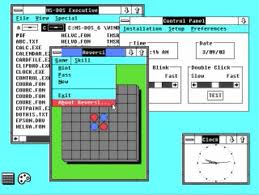
Q: Ever wondered, what MS-DOS stood for?
Microsoft Deejay Operating System
Windows 1.0 – 2.0 (1985-1992)
Instead of typing MS-DOS commands, Windows 1.0 allowed users to point and click to access the windows.
In 1987 Microsoft released Windows 2.0, which was designed for the Intel 286 processor. This version added desktop icons, keyboard shortcuts, and improved graphics support.
Q: Why was Windows OS named and so?
Microsoft Windows 1.0 was named and then since the computing boxes, or Windows blueprint represented a cardinal attribute of the operating organization.
Windows 3.0 – 3.1 (1990–1994)
Microsoft released Windows 3.0 in May 1900 offering better icons, performance and advanced graphics with 16 colors designed for Intel 386 processors. Its popularity grew by manifolds following the release of SDK that helped software developers focus more on writing and less on writing device drivers. With Windows 3.0 Microsoft completely rewrote the application evolution environment. The Os included Plan Manager, File Manager, Print Director and games, remember Solitare, a complete fourth dimension-waster??
Q: What does SDK stand for?
SDK refers to a set of tools that allows for the creation of applications for certain software.
Windows 95 (August 1995)
A major release of the Microsoft Windows operating arrangement that caused Apple's Market share to decline or compress was Windows 95. Windows 95 as the proper name suggests was released in 1995 represented a significant advance over its precursor, Windows 3.one. By the manner, this was besides the time when the first version of Microsoft'southward proprietary browser – Internet Explorer 1 was rolled out in August 1995 to catch upwardly the Cyberspace moving ridge.
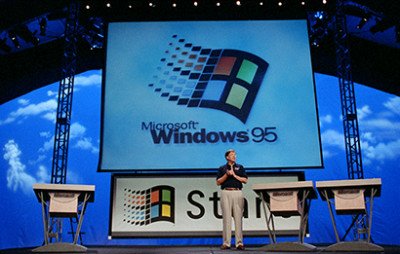
Windows 98 (June 1998)
Described as an operating arrangement that "Works Meliorate & Plays Better, 'Windows 98' offered support for a number of new technologies, including FAT32, AGP, MMX, USB, DVD, and ACPI. Also, it was the first Os to include a tool called Windows Update. The tool alerted the customers when software updates became available for their computers.
Q: Which was the last version based on MS-DOS application?
Windows 98 indeed, was the last version based on MS?DOS.
Windows ME – Millennium Edition (September 2000)
The Windows Millennium Edition, referred as "Windows Me" was an update to the Windows 98 core that included some features of the Windows 2000 operating system. The version had the "boot in DOS" option removed but included other enhancements like Windows Media player and Movie Maker for basic video editing.
Q: System Restore, a feature that rolled your PC software configuration back to a appointment or time before a trouble occurred first appeared in which version of Windows?
Windows ME – Millennium Edition
Windows NT 3.1 – iv.0 (1993-1996)
A version of the Windows OS with 32-bit support for preemptive multitasking. Two versions of Windows NT:
- Windows NT Server – Designed to act as a server in networks
- Windows NT – Workstation for stand-alone or client workstations
Windows 2000 (Feb 2000)
W2K (abbreviated form) was an operating system for business desktop and laptop systems to run software applications, connect to Internet and intranet sites, and admission files, printers, and network resources. Windows 2000 iv versions released by Microsoft
- Professional person (for business desktop and laptop systems)
- Server (both a Spider web server and an office server)
- Advanced Server (for line-of-business organization applications)
- Datacenter Server (for high-traffic computer networks)
Windows XP (October 2001)
This version of the Os was built on Windows 2000 Kernel and was introduced in 2001 along with a redesigned look and experience. Information technology was fabricated available to the public in 2 versions
- Windows XP Habitation
- Windows XP Professional
Microsoft focused on mobility for both editions, including plug and play features for connecting to wireless networks was introduced in this version of Windows, and it proved to one of Microsoft'due south best-selling products. Its employ started declining with more Windows seven deployments.
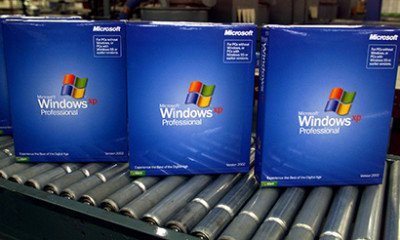
Windows Vista (Nov 2006)
A marketing flop! People expected likewise much from its WOW cistron. Windows Vista released in November 2006 was widely criticized for performance related issues.
Windows 7 (October 2009)
Windows 7 fabricated its official debut on October 22, 2009. The OS included enhancements in the form of fast commencement-upwards time, Aero Snap, Aero Milk shake, support for virtual hard disks, a new and improved Windows Media Middle, and better security features.
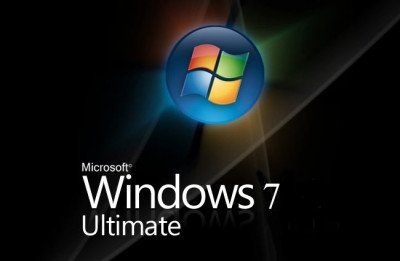
Windows 8
Bill Gates' vision of future computing was Touch and voice replacing mouse and keyboard. We already accept the impact with Windows 8, a completely redesigned Bone built from the footing up.
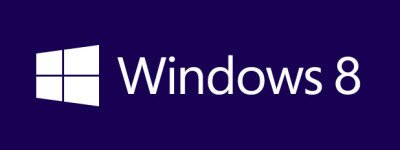
The OS replaces the more traditional Microsoft Windows Bone look and feels with a new "Modernistic Interface" consisting of flat tiles that outset debuted in the Windows Phone 7 mobile operating system.
Windows 8.i
Windows 8.i changed a few things for the better which were institute wanting in Windows 8.
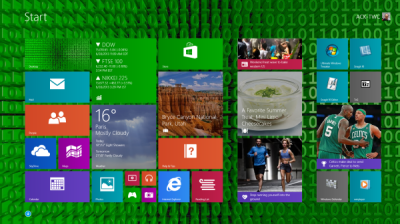
Notable changes included a visible Starting time button, improved Showtime screen, Cyberspace Explorer eleven, tighter OneDrive integration, Bing-powered unified search box, the ability to land on the desktop on login instead of the Start screen.
Windows 10
Windows 10 has been described every bit the 'last operating system' from Microsoft. It is now a serial of releases that receives half-yearly characteristic updates. They are referred to as Windows 10 v1501, Windows x 1803 and and so on..
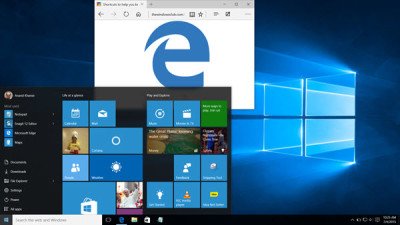
The OS introduced Edge a new browser meant to replace Net Explorer. It supports Universal Apps which Universal apps can be designed to run across multiple Microsoft product families similar PCs, tablets, smartphones, embedded systems, Xbox One, Surface Hub and Mixed Reality. It has been well received – but its Automatic Windows Update system is ane surface area that is disliked by some.
Windows 11
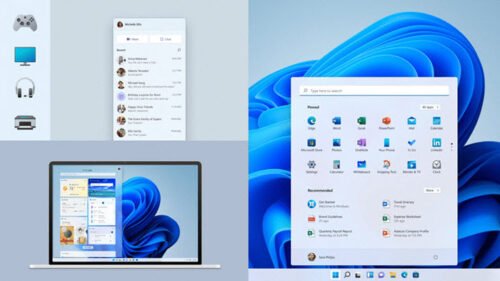
Windows xi, released in 2022, has all the features, power, and security of Windows 10. The chief difference appears to be a redesigned desktop and the Settings carte du jour. But apart from this, at that place are several other new features under the hood.
Source: Microsoft.
Now read next: History of Microsoft Office Software.

Source: https://www.thewindowsclub.com/history-of-windows
Posted by: woodsterestand.blogspot.com


0 Response to "A History of Microsoft Windows - Timeline"
Post a Comment